Bearded dragons are one of the most popular reptilian pets. They are known for their friendly and docile nature, ease of care, and dietary preferences. As an owner of a bearded dragon, you must ensure that your pet receives a balanced and nutritious diet. Kale is a popular leafy green vegetable that is assumed to be a healthy option for humans. However, is it safe for bearded dragons to consume kale? Let’s find out.
Bearded Dragons: General Information
Bearded Dragons are fascinating creatures that have become one of the most popular pets amongst reptile enthusiasts. They are known for their unique spiny appearance, docile nature, and ability to adapt to captivity.
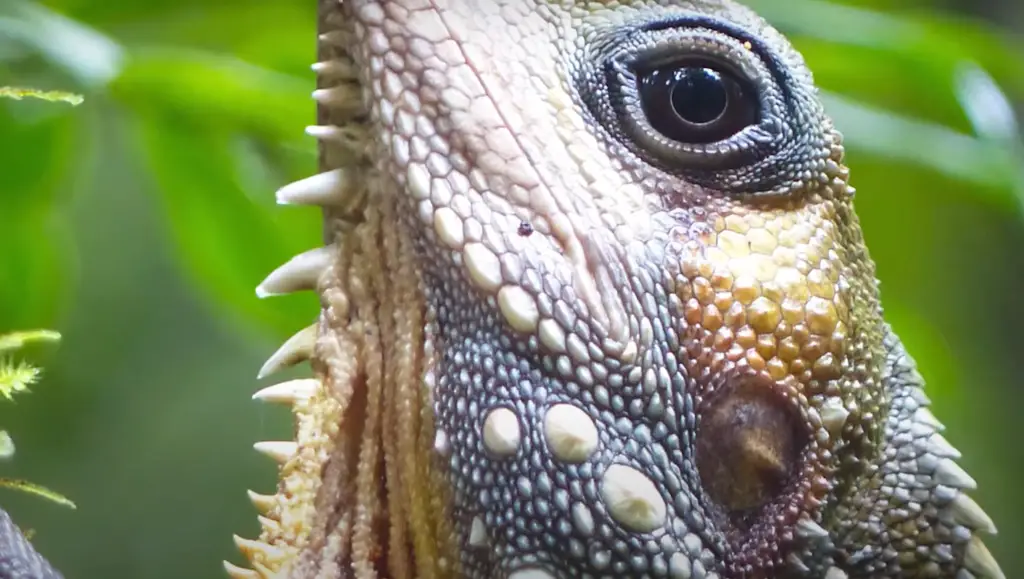
If you are considering owning a Bearded Dragon, this part of our article is really important for you as it will provide general information about their behavior, care, and other relevant topics.
What are Bearded Dragons?
Bearded Dragons are reptiles that belong to the family of Agamidae. They are called “Bearded Dragons” due to their spiny appearance. They are native to Australia and are popular due to their docile and gentle nature. Bearded Dragons come in different breeds, including the Inland or Central Bearded Dragon, Coastal Bearded Dragon, and the Rankin’s Dragon. [1]
Behavior and Diet
The diet of bearded dragons should consist of a combination of insects and fresh vegetables. The insects should be small and gut-loaded, meaning they are fed healthy food before offering them to the dragon. These reptiles are diurnal, meaning they are active during the day and sleep at night. They should be housed in the appropriate size enclosure and provided with access to UVB lighting.
Health Concerns
The common health concerns include Metabolic bone disease (MBD), respiratory infections, as well as parasites. Bearded Dragons can also suffer from stress if housed in the wrong conditions.
Housing and Environment
Your Bearded Dragon should be housed in the recommended enclosure size that is dependent on their breed and age.
It is essential to provide them with access to UVB lighting, heat sources, and a basking spot. The enclosure should be cleaned regularly to prevent the buildup of bacteria and parasites.Lifespan and Cost
The lifespan of Bearded Dragons can range between 8-15 years when provided with appropriate care. The cost of owning a Bearded Dragon can vary due to factors such as the breed, age, and enclosure cost. The initial costs can start from $200 if you purchase a baby and can go up to $500 for an adult beardie.
Kale for a Bearded Dragon: Benefits and Drawbacks
Feeding your bearded dragon can be a difficult task if you’re new to owning a reptile. There are so many options to choose from, but not all foods are good for your bearded dragon’s health.
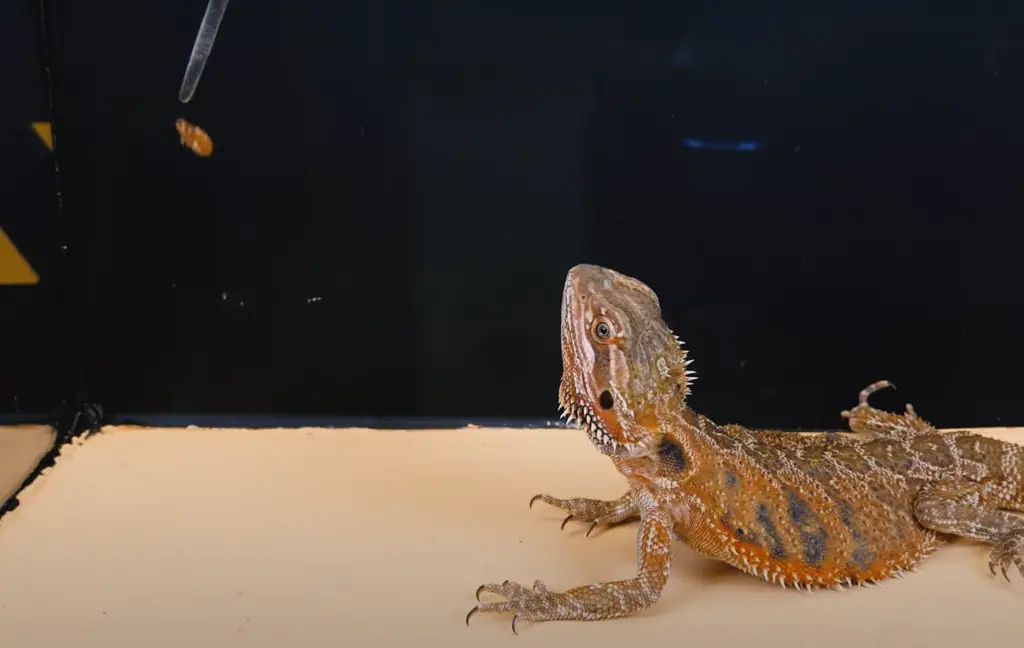
Kale has become a popular food option for reptile pets, but is it worth feeding? Now, we’re going to explore all the details related to this question.
Pro: Nutritional Value
Kale is a nutritional powerhouse and is often referred to as a superfood. It has high levels of vitamins A, C, and K, as well as calcium and iron. These nutrients are essential for a bearded dragon’s health as they boost the immune system of your beardie. Adding kale to your bearded dragon’s diet can be a great way to keep them healthy. [2]
Con: High Oxalate Content
While kale is a nutritious food option, it also has a high oxalate content. Oxalates can bind to calcium in the body and cause calcium oxalate crystals to form in the kidneys. These crystals may cause kidney stones and other issues. These reptiles are prone to calcium deficiency, which makes the high oxalate content of kale a potential danger.
Pro: Variety in Diet
A bearded dragon’s diet should be diverse to ensure they’re getting all the nutrients they need. Adding kale into their diet can provide variety and keep their palate interested. If you feed your animal one and the same food, it can lead to boredom and even malnutrition over time. Incorporating kale into their diet can be a great way to keep things interesting.
Con: Not a Staple Food
Despite its nutritional value, kale should not be a staple food in a bearded dragon’s diet. It should be offered occasionally as part of a diverse diet. Offering kale too often can cause some health problems because of its high oxalate content. It’s important to offer other food options that are lower in oxalates to maintain a healthy balance.
Pro: Easy to Prepare
Kale is easy to prepare and can be added to a bearded dragon’s salad or mixed in with other foods. It’s important to make sure it’s washed and chopped up into bite-sized pieces before offering it to your bearded dragon. This can save time and make feeding your bearded dragon a breeze.
In conclusion, kale can be a nutritious addition to your reptile pet’s diet, but it should not be the main focus. You should remember to offer a diverse range of products in order to be sure your bearded dragon is getting all the nutrients they need. While kale has high nutritional value, its high oxalate content can be a potential danger if offered too often. It’s best to offer kale occasionally as part of a diverse diet to keep your bearded dragon healthy and happy.
Types of Kale Suitable for a Bearded Dragon
Bearded dragons are delightful pets that make great companions. As responsible pet owners, we must provide our beloved pets with a nutritious diet.
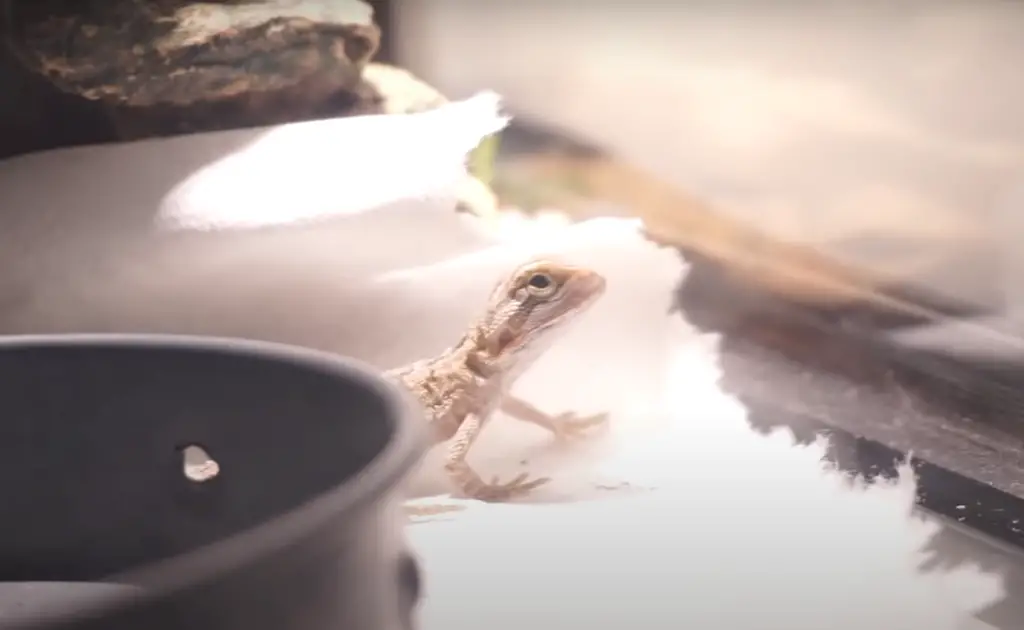
One of the essential foods that should be included in their diet is Kale. It is rich in a number of minerals and vitamins, which helps ensure beardies stay healthy and happy. In this part of our article, we will look into various kinds of kale suitable for bearded dragons and which one to go for.
Lacinato Kale
One of the best types of kale that you can include in the diet of your reptile pet is Lacinato Kale. It is also known as Dino kale or Tuscan kale. It has a strong, chewy texture, also its taste is a bit bitter. It contains a lot of fiber, vitamin K, vitamin A, and iron. You can serve Lacinato Kale to a beardie either raw or cooked. You can choose from big or little ones, just cut the kale up into small parts and mix it with their greens.
Curly Kale
This is another excellent type of kale that is suitable for such reptiles as bearded dragons. It is rich in nutrients, such as calcium, magnesium, and vitamins C and K. Its curly shape makes it more appealing to the bearded dragon, and its texture makes it easy to chew. You can incorporate Curly Kale into the diet of your beardie by lightly cooking it to make it soft and easier to digest.
Red Kale
This kind of kale is known for its vibrant color and unique taste. It is a nutrient powerhouse and it has a high content of lutein, beta-carotene, and vitamin C, which makes it excellent for strengthening bearded dragons’ immune systems. You can mix Red kale with other greens, for example, arugula, or Romaine lettuce to add some variety to the diet.
Redbor Kale
It is a winter-hardy type of kale that has a beautiful purple color. This kale has a big number of vitamins A, C, and K, as well as minerals, like potassium and calcium. You can serve it raw or lightly steamed, and it adds vibrant color to your bearded dragon’s meals.
Portuguese Kale
Portuguese Kale, otherwise known as Couve Tronchuda, is a little different to the kales mentioned above. It is similar to collard greens in texture and is one of the least bitter types of kale. It is packed with nutrients, including fiber, calcium, and vitamins C and K. You can offer Portuguese Kale to your reptile pet once or twice a week to add some variety to their diet.
When it comes to kale, there are various types available to add variety to their meals.
It is highly important to offer a mix of greens, fruit, and insects to ensure your bearded dragon gets a good balance of essential nutrients. Happy feeding!How to Prepare Kale for a Bearded Dragon
As a beloved pet owner, it is important to pay attention to the nutritional needs of your bearded dragon. One of the foods you can consider introducing to your pet’s diet is kale.
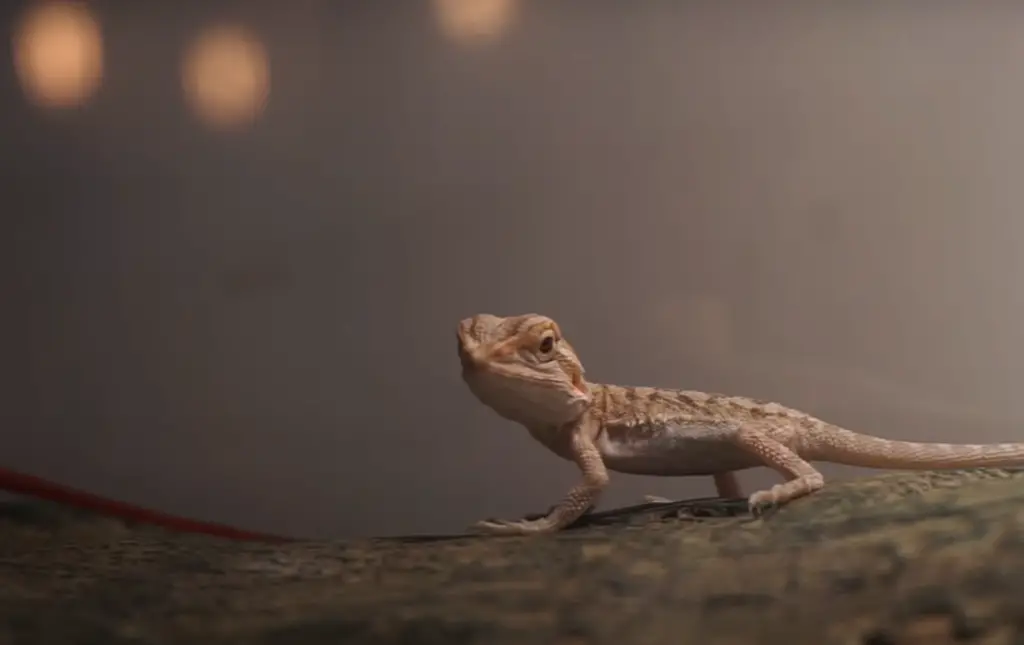
Preparing kale for a beardie may seem like an easy task, but a few steps need to be taken to make it safe and well-suited to your pet’s palate. Here we are sharing a step-by-step guide on how to prepare kale for your reptile pet.
Step 1: Selection
All the process starts by selecting high-quality kale. High-quality kale leaves should be fresh, crisp, and with no brown spots or wilted sections. You can purchase kale from grocery stores or your local farmer’s market. Avoid purchasing kale that is already washed or has preservatives as this can cause liver damage to your pet. Before purchasing, ensure to examine the leaves, wash them thoroughly in clean water, and rinse them under running water.
Step 2: Preparation
Before serving this vegetable to your reptile pet, it is highly important to prepare the kale to fit their size. The kale can be chopped into small bite-size pieces (thin strips) to make it easier to chew and digest. It is also recommended that you blanch the kale before giving it to your pet. Blanching entails boiling water, and once the water is boiling, you dip the kale leaves for 30 seconds. After you have done that, move the kale leaves to a bowl with cold water to stop the cooking process and rinse them thoroughly to prevent any harmful pesticides.
Step 3: Supplement
This vegetable is a perfect source of vitamins and nutrients for your bearded dragon, but it can’t be your pet’s only source of nourishment. You need to supplement their diet with other fresh vegetables, fruits, and insects to get a balance of all needed nutrients. Offer calcium supplements to your pet, especially in the presence of kale as high calcium levels can cause gastrointestinal disturbances for your bearded pet. Calcium powder can be used by dusting the kale for an easy method of ingestion.
Step 4: Serving
Now that you have prepped and blanched the kale for your bearded dragon’s consumption, it’s time to serve! Place the kale in your pet’s diet alongside their other vegetables and ensure to mix it up to provide variety. Be sure not to overfeed your pet. Adult dragons can consume up to 20% of their total body weight every day, while baby dragons can only consume up to 8% of their body weight.
Step 5: Clean Up
After your pet is done with their feeding, clean up any leftover vegetables and wash the feeding bowl(s) thoroughly with soap and water. This helps in keeping the feeding area clean, which is paramount to your pet’s health.
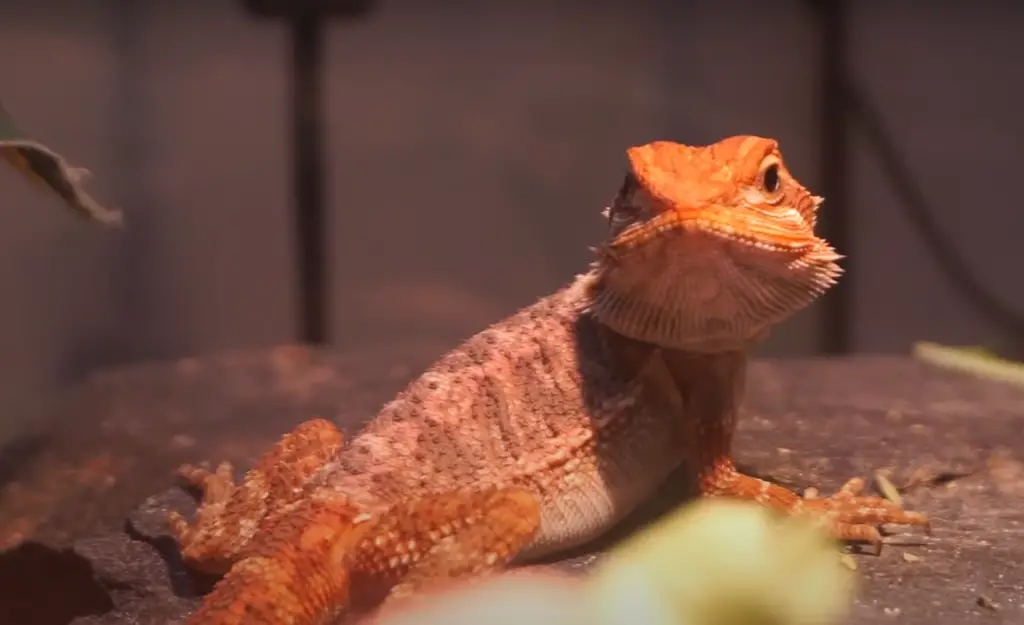
Kale is an excellent source of nutrition for your bearded dragon to add to their diet. However, it needs to be prepared carefully according to their specific requirements to maintain and promote your pet’s health. By following these steps carefully, you can provide your pet with a varied, healthy, and well-balanced meal. Remember, Kale isn’t the only source of nutrition, and balance is essential for your pet’s diet. With the understanding and care, you can save money feeding your pet, and you will have them strong and healthy for a long time.
Potential Health Risks Of Over Consuming Kale
Bearded dragons require a varied diet to stay healthy and happy. They need a mix of vegetables and fruits, as well as the occasional live insect and small amounts of animal protein. But one food that has become extremely popular in recent years is kale. While kale has many health benefits for humans, it sometimes is not the best choice for your bearded dragon. In this part, we invite you to explore the potential health risks of over-consuming kale for your beloved pet.
Oxalates in Kale
Kale is high in a compound called oxalate. Oxalate is a naturally occurring compound that can bind with calcium in the body, forming calcium oxalate crystals. These crystals can cause kidney stones and other problems with health in humans, and the same can happen to your bearded dragon if they consume too much kale. Overfeeding your pet with oxalate-rich greens like kale, spinach, and collard greens can cause a build-up of calcium oxalate crystals which can lead to blockages and damage to the urinary tract. [3]
Goitrogenic Properties of Kale
Kale belongs to the family of cruciferous vegetables that also includes cauliflower, broccoli, and Brussels sprouts. These vegetables contain goitrogens, which can interfere with the thyroid function and can lead to hypothyroidism.
Kale Can Lead to Malnutrition
Kale is a low-calorie vegetable that doesn’t provide the right balance of vitamins and minerals that a bearded dragon needs. Overfeeding your pet with kale can lead to malnutrition because of the imbalance of vitamins and minerals in their diet. It is vital to offer your pet a wide range of vegetables and fruits, along with live insects such as crickets, roaches, and mealworms, to ensure they receive the necessary variety and balance in their diet.
Watch For Signs of Overconsumption
Overfeeding your reptile pet with kale can cause numerous health issues and warning signs, such as lack of appetite, lethargy, digestive issues like diarrhea and vomiting, and difficulty in urinating. If you observe any of the aforementioned symptoms, you should stop feeding your bearded dragon kale right away and consult a vet immediately as these symptoms can indicate an underlying health problem.
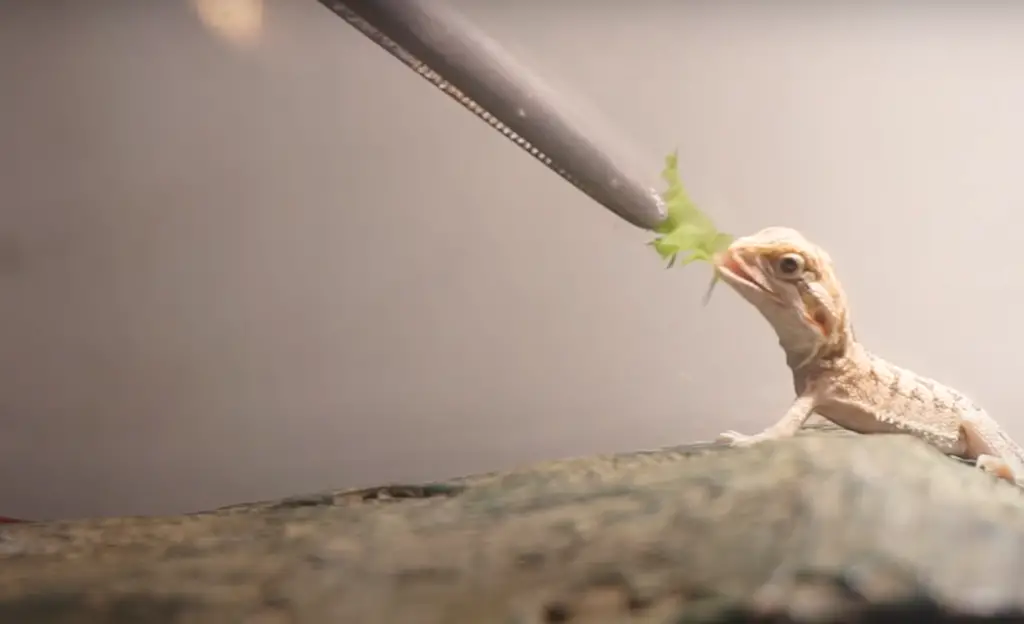
In conclusion, although kale is a popular leafy green for humans, it may not be the best choice for your bearded dragon when overfed. Kale is high in oxalates and can lead to kidney problems, while the goitrogenic properties of kale can interfere with thyroid function and lead to malnutrition. It’s important to offer your beloved pet a varied diet that is high in nutrients to ensure they lead a healthy and happy life. So, be careful when it comes to feeding your bearded dragon greens like kale and ensure they have a balanced diet all year round.
FAQ
Can Bearded dragons have raw kale?
Yes, bearded dragons can eat raw kale to some extent, but it shouldn’t be the primary vegetable of their diet. Kale is rich in calcium, which is essential for your bearded dragon’s bone health. However, it contains high levels of oxalates, which can harm your pet’s health if consumed in excess. Feeding your bearded dragon raw kale once or twice a week is okay, but make sure to include other veggies in their diet as well.
Can bearded lizards eat kale?
Yes, bearded lizards can eat kale. In fact, kale is rich in fiber, vitamins A, C, and K, and folic acid, making it a nutritious addition to your pet’s diet. However, introducing any new food to your pet’s diet should be done gradually, starting with small amounts and observing your bearded lizard’s reaction and overall health.
What greens can a bearded dragon eat?
Bearded dragons can eat a variety of leafy greens, including collard greens, mustard greens, dandelion greens, and turnip greens. Other vegetables that your bearded dragon can eat are carrots, sweet potatoes, squash, bell peppers, and cucumbers. However, keep in mind that vegetables shouldn’t make up more than 30% of your pet’s diet.
What vegetables are not good for bearded dragons?
Although there’s a wide range of vegetables that bearded dragons can eat, there are a few that you should avoid. Vegetables with high oxalate levels, such as spinach, swiss chard, and beet greens, should be limited or avoided as they can bind calcium, leading to metabolic bone disease. Additionally, avoid feeding your bearded dragon avocado, rhubarb, and any vegetable or fruit that has high sugar content.
Useful Video: Can Bearded Dragons Eat Kale
Conclusions
In conclusion, kale is a nutritious vegetable, but it is not an ideal staple green for bearded dragons due to the high levels of phosphorus and oxalic acid. However, combining kale with other vegetables that have a favorable calcium to phosphorus ratio can help balance out the nutrient intake. In any case, it is essential to provide your bearded dragon with a balanced diet that includes adequate amounts of minerals and vitamins. Lastly, consult with a veterinarian to ensure your bearded dragon is receiving a healthy and tailored diet that fits their age, size, and overall needs.
References:
https://www.treehugger.com/bearded-dragon-facts-6560979#:~:text=Bearded%20dragons%20are%20lizards%20that,as%20pets%20around%20the%20world.
https://petkeen.com/can-bearded-dragons-eat-kale/
https://dragonsdiet.com/blogs/dragon-care/can-bearded-dragons-eat-kale#:~:text=If%20your%20bearded%20dragon%20takes,%2C%20weight%20loss%2C%20and%20dehydration.

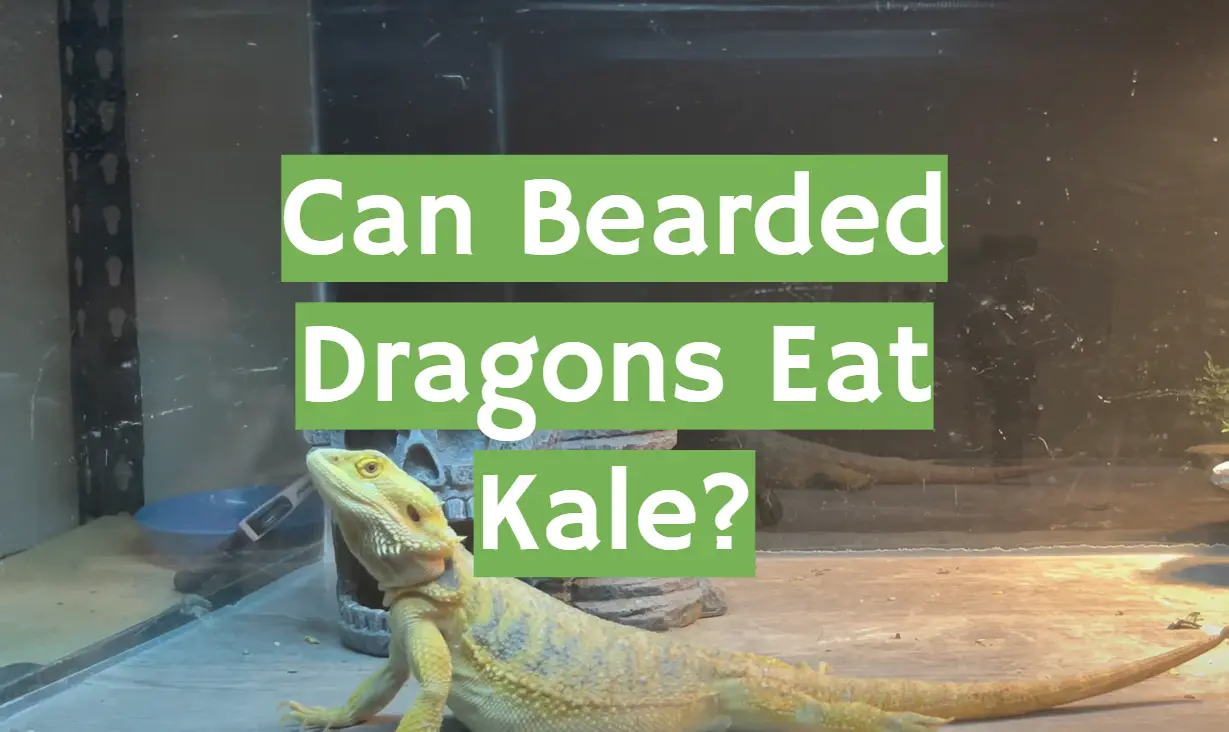
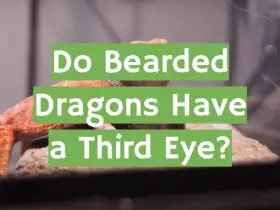

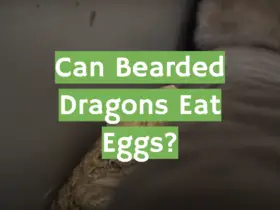
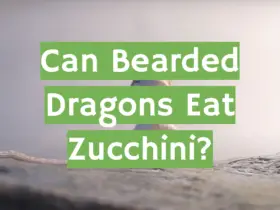
Leave a Review